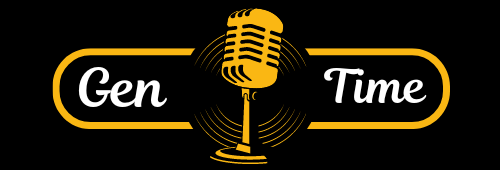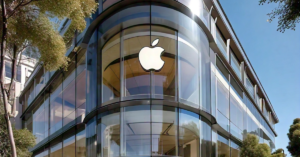Powered by RedCircle
In a groundbreaking collaboration, NASA and Nokia are set to revolutionize lunar exploration by establishing a 4G network on the Moon. This ambitious project, scheduled for launch later this year aboard a SpaceX rocket, aims to support a sustainable human presence on the lunar surface by providing reliable communication and data transmission capabilities.
Bridging Earth and Moon
The 4G network will be installed at the Moon’s south pole and remotely controlled from Earth, marking a significant step forward in space technology. Nokia’s Bell Labs, renowned for its pioneering work in cellular technology, is at the forefront of this initiative. The equipment being developed is designed to withstand the Moon’s extreme environment, which includes temperatures plunging to nearly -250 degrees Fahrenheit and exposure to intense cosmic radiation.
Supporting NASA’s Artemis Missions
This network will play a crucial role in NASA’s Artemis missions, which aim to return astronauts to the Moon within this decade. The real-time communication and data transmission capabilities enabled by the 4G network are vital for the success of these missions. Two robotic vehicles, the Lunar Outpost rover and the Micro-Nova hopper, will utilize the network to search for and transmit images of lunar ice deposits. The Lunar Outpost rover will explore the Shackleton Connecting Ridge, while the Micro-Nova hopper will delve into a lunar crater.
Revolutionary Potential of Lunar Ice
Discovering and transmitting images of lunar ice could have revolutionary implications for space exploration. Lunar ice is a valuable resource that can be converted into breathable oxygen and fuel, making future Mars missions more feasible and sustainable. This project is part of NASA’s Tipping Point initiative, under which Nokia’s Bell Labs was awarded a $14.1 million grant in 2020 to develop this groundbreaking technology.
Applications Beyond Lunar Exploration
The potential applications of this technology extend beyond lunar exploration. If successful, the 4G network could enhance communications in challenging environments on Earth, such as remote industrial sites, disaster zones, and areas with limited connectivity. Thierry Klein from Bell Labs emphasizes that this project could lay the groundwork for a lunar communication network, potentially allowing space explorers to use smartphones and apps just as we do on Earth.
A Leap Forward in Space Technology
This initiative represents a significant leap forward in our quest to extend human presence beyond Earth. Establishing a reliable communication infrastructure on the Moon not only advances our understanding of space exploration but also holds promise for future off-world internet systems and robust communication networks. As our space missions grow more complex, having a dependable communication system becomes as essential as power, water, and air.
The collaboration between NASA and Nokia is a testament to human ingenuity and the relentless pursuit of technological advancements. This project not only bridges the gap between Earth and the Moon but also opens up new possibilities for the future of space exploration.
Stay tuned for more updates on this and other exciting developments in space technology. For the latest episodes and updates, subscribe to the Business Nexus News podcast and visit our website at Genztime.com. Until next time, keep looking up!



